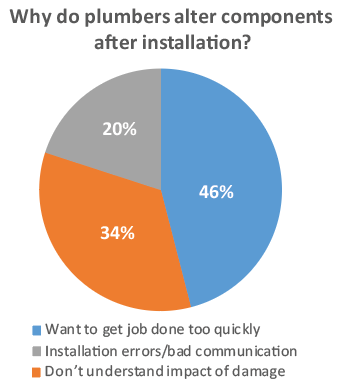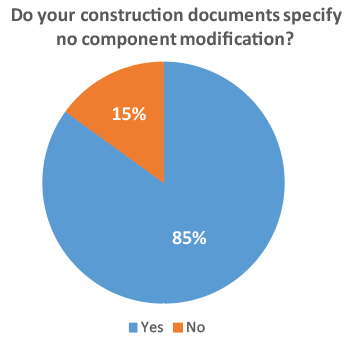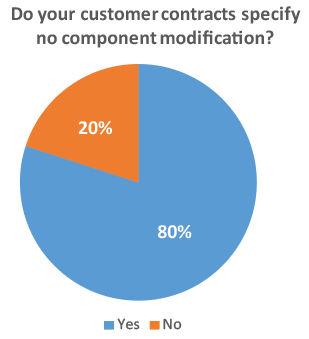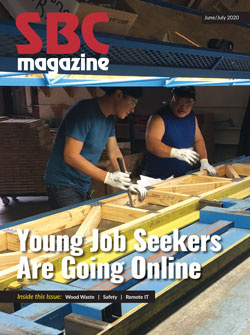Editor's Message: Part 2 Handling Plumber Damage Repairs
Editor's Message: Part 2 Handling Plumber Damage Repairs

Last issue, we looked at the results of an online survey of component manufacturers (CMs) where 96 percent of respondents indicated plumbers had damaged their products after installation. Of those that had their product damaged, 97 percent indicated their customer asked them for a repair.
When asked why they think damage done by plumbers will continue to be a persistent problem, 46 percent of respondents said it was because plumbers are too focused on getting the job done quickly. Another 34 percent said it was because plumbers don’t understand or appreciate the impact the damage will have on component performance. The remaining 20 percent indicated that installation errors and/or a lack of communication between subcontractors is the leading cause of the damage.

The biggest issue appears to trace back to a lack of attention to the language contained in the construction documents and customer contracts. A clear best practice, 85 percent of respondents said they plainly specify in the construction documents that components are not to be modified in any way. Another 80 percent state in their customer contracts that no one should modify components without the approval of the CM.
Both of these practices are consistent with the International Residential Code (IRC) Section 802.7.2 and International Building Code (IBC) Section 2303.4.5 that make it clear, “truss members and components shall not be cut, notched, drilled, spliced or otherwise altered in any way without written concurrence and approval of a registered design professional.” Again, 87 percent of respondents indicated they were aware of this requirement and relied upon it.

So, what do CMs do when they find a plumber has damaged or modified one of their products? Fifteen percent of those answering the survey indicated they provide specific training to those plumbers, and sixty percent provide training to the general contractor.
Considering how widespread this problem is, and how the cost of a truss repair can range from $150 to over $1000 (see May 2019 issue for details on those numbers), it seems there may be an opportunity for CMs to save themselves time, money, and headaches by pursuing a more concerted effort to collaborate with plumbers and GCs through plant tours and education. Visit SBCA’s website for specific tools that can help!

